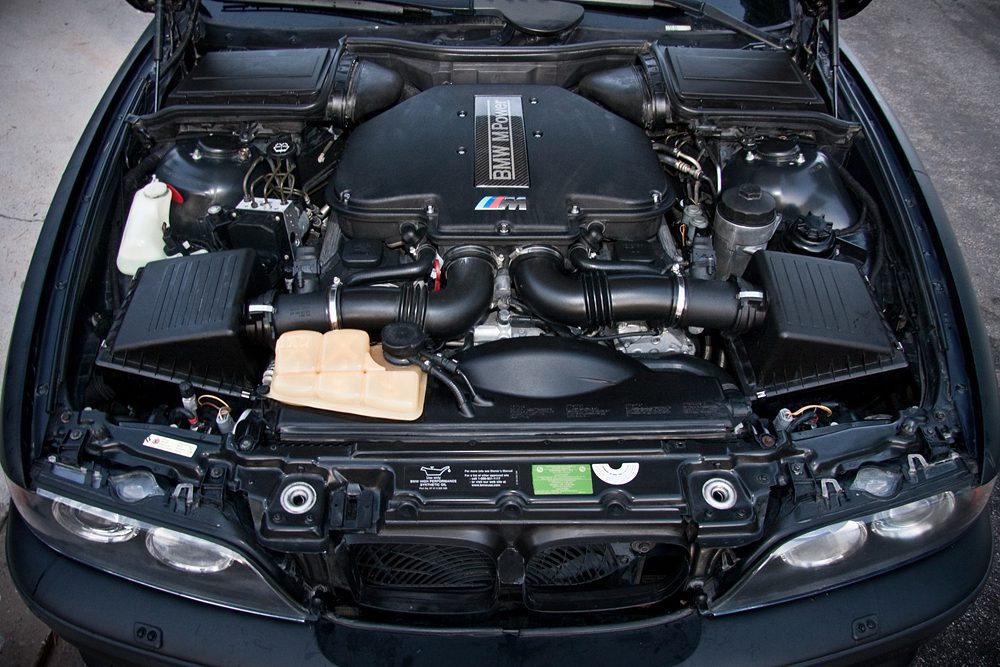Opel Corsa Engine: Efficiency and Reliability for Your Car
Opel Corsa Engine: Efficiency and Reliability for Your Car
Blog Article
Discovering the Inner Operation of a Compact Vehicle's Engine System
As chauffeurs, we often take for provided the elaborate processes that take place within the boundaries of our car's engine system. In this expedition of a small car's engine system, we will certainly decipher the internal functions of this mechanical symphony, dropping light on the mysteries that drive us onward on our day-to-day journeys.
Combustion Process Summary
The combustion procedure in a small car's engine system is a vital mechanism that successfully converts fuel right into energy to power the vehicle. This process occurs within the burning chamber of the engine, where fuel and air mix, spark, and produce controlled surges. The burning process includes four main stages: intake, power, exhaust, and compression.
During the intake stage, the piston moves downward, reeling in a mix of air and gas right into the combustion chamber. The following phase, compression, includes the piston moving up, compressing the air-fuel blend to increase its effectiveness. Subsequently, in the power stage, the ignition system fires up the pressed mix, causing a rapid growth of gases that compels the piston pull back. This down movement produces the power required to drive the car. Ultimately, in the exhaust stage, the burnt gases are eliminated from the combustion chamber via the exhaust shutoff, preparing the chamber for the next cycle. This cyclic burning procedure is essential to the procedure of a small lorry's engine system, making sure reliable power conversion for propulsion.
Piston and Cyndrical Tube Communication

The piston's specific fit within the cyndrical tube is crucial for maintaining optimal compression and avoiding energy loss throughout burning. Limited clearances in between the piston and cyndrical tube wall surfaces make certain reliable sealing, allowing the piston to relocate efficiently without permitting gases to leakage past. Appropriate lubrication is likewise important to decrease friction and put on in between these parts, enhancing longevity and efficiency.
In addition, the layout and products made use of in manufacturing Extra resources the piston and cyndrical tube effect engine efficiency and toughness. Modern engines commonly utilize lightweight yet durable materials like light weight aluminum alloys for pistons and cyndrical tube liners to decrease inertia and enhance thermal efficiency. On the whole, the unified interaction between the piston and cylinder is fundamental to the engine's capability and general performance.
Fuel Shot System Functionality
Gas shot systems in small vehicle engines play a critical duty in precisely supplying fuel to the burning chamber for regulated and effective ignition. The fuel shot system operates by injecting gas into the burning chamber at the optimum moment during the engine's operation (opel corsa engine). This specific timing guarantees that the gas blends equally with the air for correct combustion, resulting in improved gas efficiency and More about the author lowered discharges
There are primarily two kinds of gas injection systems used in portable vehicle engines: port fuel injection (PFI) and direct fuel shot (DFI) PFI systems infuse gas into the intake port before the consumption shutoff, while DFI systems inject fuel straight into the burning chamber. Both systems have their benefits, with DFI offering much better gas atomization and PFI giving a more affordable solution.
Comprehending Engine Cooling Mechanisms
Effective operation of a official site portable automobile's engine counts greatly on the effectiveness of its cooling devices. The air conditioning system in a portable vehicle typically consists of numerous parts working together to manage the engine temperature level. Comprehending these engine air conditioning devices is important for keeping the performance and durability of a small lorry's engine system.

Exhaust System Elements Explained
The ideal performance of a small car's engine air conditioning systems depends on a corresponding system known as the exhaust system, which consists of different necessary parts for making sure effective emissions and engine performance. The exhaust manifold gathers exhaust gases from the engine's cylinders and routes them to the catalytic converter.
One vital part of the exhaust system is the oxygen sensing unit, which monitors the oxygen levels in the exhaust gases to help manage fuel usage and make certain ideal engine performance. opel corsa engine. In addition, the resonator may be present in some exhaust systems to minimize sound levels. In general, the exhaust system plays an essential role in keeping engine effectiveness, reducing dangerous emissions, and making certain a quieter driving experience for compact automobile owners

Verdict
Finally, the portable car's engine system is an intricate mix of components that interact to facilitate the burning process, convert gas into energy, and remove waste gases. Understanding the inner operations of the engine system, consisting of the piston and cylinder communication, fuel injection system, engine cooling mechanisms, and exhaust system elements, is important for maintaining optimal performance and effectiveness of the vehicle.
The burning process in a portable vehicle's engine system is a crucial system that effectively transforms gas into energy to power the car.Fuel injection systems in compact lorry engines play a vital duty in exactly providing gas to the burning chamber for regulated and reliable ignition.There are primarily two types of gas shot systems made use of in portable lorry engines: port gas shot (PFI) and straight gas shot (DFI) Understanding these engine cooling devices is crucial for keeping the efficiency and durability of a compact lorry's engine system.
The optimum functioning of a small car's engine air conditioning systems depends on a complementary system recognized as the exhaust system, which makes up various important elements for guaranteeing reliable exhausts and engine efficiency.
Report this page